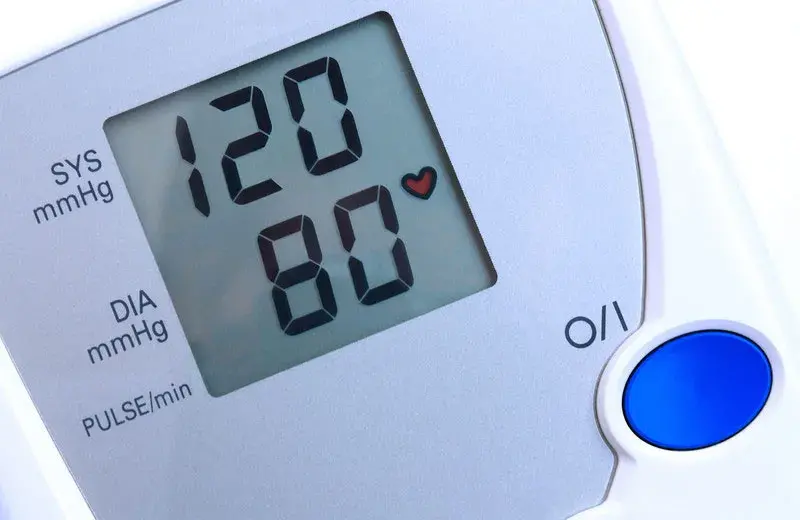Ambulatory blood pressure monitoring (ABPM) that involves the use of a noninvasive device that measures blood pressure in 24-hour cycles, help to improve the accuracy of diagnosing hypertension and thus improve the appropriateness of medication treatment. According to the U.S. Preventive Services Task Force (USPSTF), high blood pressure is a prevalent condition, affecting approximately 30% of the adult population. It is the most commonly diagnosed condition at outpatient office visits. High blood pressure is a major contributing risk factor to heart failure, heart attack, stroke, and chronic kidney disease. As the CMS is considering expanding its coverage for ABPM, it is important for hospitals as well as medical coding companies to stay up-to-date with the right medical codes related to this service.
The primary use of ABPM is to diagnose patients with suspected white coat hypertension(WCH). USPSTF considers ABPM to be the reference standard for confirming the diagnosis of hypertension and recommends screening for high blood pressure in adults aged 18 years or older. The Task Force recommends obtaining measurements outside of the clinical setting for diagnostic confirmation before starting treatment. ABPM is also used for monitoring patients with established hypertension under treatment, evaluating refractory or resistant BP, checking whether symptoms such as lightheadedness correspond with blood pressure changes and also for examining diurnal patterns of BP.
However, ABPM is indicated for diagnostic purposes only and should not be used for maintenance monitoring. Though ABPM does not require authorization or prior authorization, it is critical to use the right CPT, ICD-10 and HCPCS codes.
CPT/HCPCS Codes
There are four current procedural terminology (CPT) codes related to ambulatory blood pressure monitoring:
- 93784: Ambulatory blood pressure monitoring, utilizing a system such as magnetic tape and/or computer disk, for 24 hours or longer; including recording, scanning analysis, interpretation and report
- 93786: Ambulatory blood pressure monitoring, utilizing a system such as magnetic tape and/or computer disk, for 24 hours or longer; recording only
- 93788: Ambulatory blood pressure monitoring, utilizing a system such as magnetic tape and/or computer disk, for 24 hours or longer; scanning analysis with report
- 93790: Ambulatory blood pressure monitoring, utilizing a system such as magnetic tape and/or computer disk, for 24 hours or longer; review with interpretation and report
Although there are four CPT codes related to ABPM, only three of them are covered by Medicare. It is recommended to use code 93784 when you provide both the technical and professional components. The code 93786 can be used when you provide the technical component only and use the code 93790, when providing the professional component only.
Applicable Common Procedure Coding System (HCPCS) code for ABPM for suspected WCH is
- A4670 Automatic blood pressure monitor
ICD-10 Codes
Covered ICD-10-CM Diagnosis Codes for ABPM include:
- I10: Essential (primary) hypertension
- I11.9: Hypertensive heart disease without heart failure
- I20.8: Other Forms of Angina Pectoris
- I95.1: Orthostatic Hypotension
- R03.0: Elevated blood pressure reading, without diagnosis of hypertension
- R55: Syncope and collapse
- Z01.30: Encounter for examination of blood pressure without abnormal findings
- Z01.31: Encounter for examination of blood pressure with abnormal findings
For the Medicare Advantage Policy, Place of Service Codes for ABPM include:
- 11: Office
- 12: Home
- 13: Assisted Living Facility
- 14: Group Home
- 19: Off Campus-Outpatient Hospital
- 22: On Campus-Outpatient Hospital
- 26: Military Treatment Facility
- 32: Nursing Facility
- 33: Custodial Care Facility
- 49: Independent Clinic
- 50: Federally Qualified Health Center
- 71: Public Health Clinic
- 72: Rural Health Clinic
It is important to remember that ABPM must be performed for at least 24 hours to meet coverage criteria. Medical billing and coding services provided by reliable companies are based on the standard guidelines for ABPM coverage.




